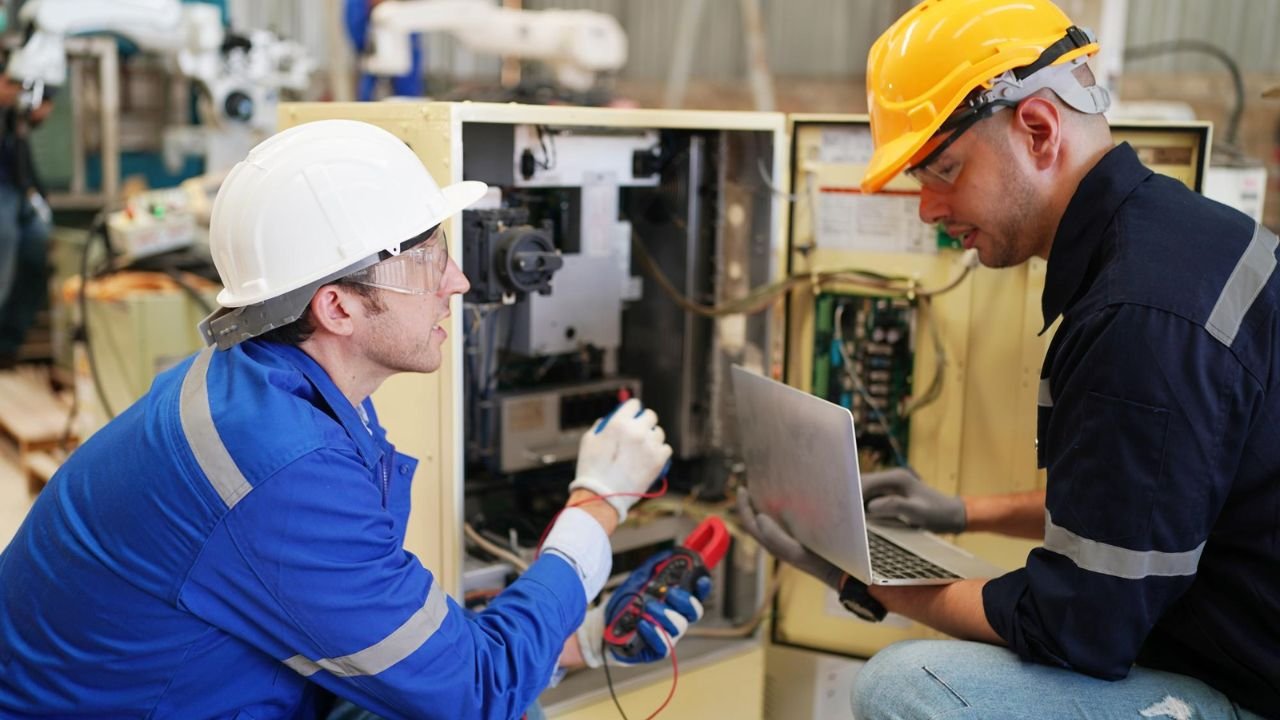Does your skin seem to produce more oil the moment you step outside in Singapore? Singapore’s high humidity creates challenges for acne-prone skin by triggering physiological responses that impact sebaceous gland activity, bacterial proliferation, and skin barrier function. When temperatures are consistently high with high moisture content, your skin’s normal regulatory mechanisms shift into overdrive, producing excess sebum.
If you’re struggling with these effects, consulting an acne dermatologist Singapore can help you identify treatments that suit tropical skin conditions and manage acne more effectively.
The combination of heat and moisture affects how skincare products absorb, how makeup sits on skin, and how quickly bacteria multiply in pores. Air conditioning transitions compound these effects – moving between cool indoor environments and outdoor humidity causes rapid temperature fluctuations that stress the skin barrier. These environmental factors help explain why acne patterns in Singapore often differ from temperate climates, requiring adjustments to both treatment approaches and daily skincare routines.
Humidity’s Direct Impact on Sebaceous Glands
High humidity triggers sebaceous glands to increase oil production through several mechanisms. When ambient moisture is high, your skin’s natural evaporation process slows. Sweat and sebum that would normally evaporate remain on the skin surface, creating an occlusive layer that signals glands to produce more oil. This feedback loop can increase sebum production within hours of humidity exposure.
The quality of sebum also changes in humid conditions. Higher temperatures cause sebum to become more liquid and spread more readily across skin surfaces. This liquified sebum mixes with dead skin cells, creating conditions for comedone formation. The altered sebum composition also provides nutrition for Cutibacterium acnes bacteria, allowing colonization of pores.
Humidity affects different areas of the face unequally. The T-zone, containing the highest concentration of sebaceous glands, responds to moisture changes. Forehead sebum production increases within a period of humidity exposure. The nose follows, with chin and jawline areas showing increased oiliness after sustained exposure. This response pattern explains why many experience combination skin in tropical climates despite having normal skin in drier environments.
Bacterial Growth Acceleration
Cutibacterium acnes bacteria thrive in Singapore’s climate conditions. Bacterial growth occurs at 30–37°C with moisture present — conditions met daily in tropical environments. The combination of increased sebum production and slower evaporation creates anaerobic pockets within pores where these bacteria flourish.
Bacterial biofilm formation accelerates in humid conditions. These protective matrices shield bacteria from topical treatments and immune responses, making acne more resistant to treatments. Once established, biofilms require interventions to disrupt, explaining why mild acne can progress to moderate severity in Singapore’s climate.
💡 Did You Know?
Bacteria on your skin communicate through quorum sensing — when population density reaches certain thresholds, they coordinate to produce inflammatory compounds simultaneously, triggering sudden acne flares.
The skin’s antimicrobial peptide production decreases in sustained humidity. These natural defense molecules normally help control bacterial populations, but high moisture environments dilute their concentration on the skin surface. This reduction in natural antimicrobial activity allows opportunistic bacteria to establish themselves more easily, contributing to secondary infections in existing acne lesions.
Sweat and Pore Occlusion
Sweat composition in tropical climates differs from exercise-induced perspiration. Constant low-level sweating throughout the day produces sweat with higher salt and mineral content. These minerals crystallize as sweat partially evaporates, forming microscopic deposits that block pore openings. Unlike exercise sweat that flows freely and clears pores, humidity-induced perspiration sits stagnantly on skin surfaces.
The eccrine glands produce sweat daily in Singapore’s climate, even without physical activity. This constant moisture macerates the skin surface, weakening the stratum corneum and making it more susceptible to bacterial invasion. Macerated skin cells also shed irregularly, clumping together rather than exfoliating naturally. These cellular clusters combine with sebum and sweat minerals to form particularly stubborn comedones.
⚠️ Important Note
Wiping sweat frequently with hands or tissues can transfer bacteria and irritate inflamed acne. Use clean, soft cloths or oil-blotting papers with gentle pressing motions instead of rubbing.
Clothing and accessories trap sweat against skin, creating localized humidity zones. Areas under watch bands, helmet straps, backpack straps, and tight clothing experience high humidity levels. These zones develop distinctive acne patterns — linear distributions along strap lines or clustered breakouts in covered areas. The mechanical friction combines with moisture to worsen inflammation.
Conclusion
Managing acne in Singapore’s humid climate requires targeted approaches that address increased sebum production, accelerated bacterial growth, and pore occlusion from sweat. Key strategies include using lightweight, non-comedogenic skincare products, maintaining consistent cleansing routines, and avoiding excessive touching or wiping of the face during daily activities.
If you are experiencing persistent acne breakouts, increased oil production, or new acne patterns since living in a humid climate, consult a dermatologist who can develop a treatment plan specifically adapted to tropical environmental conditions.



